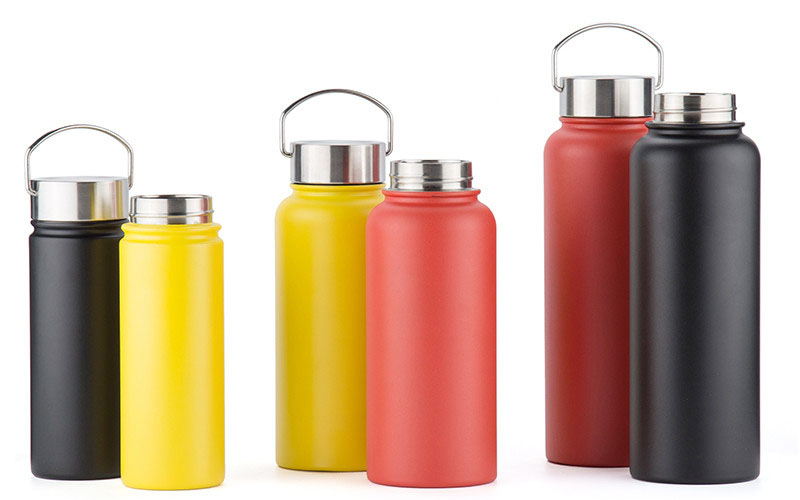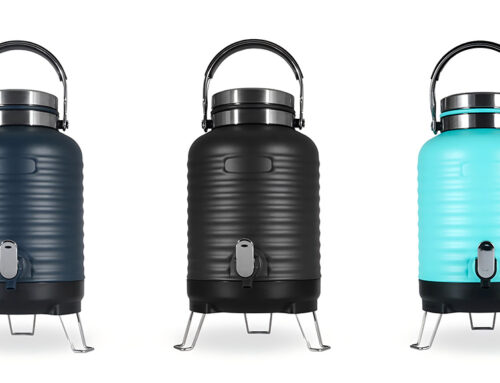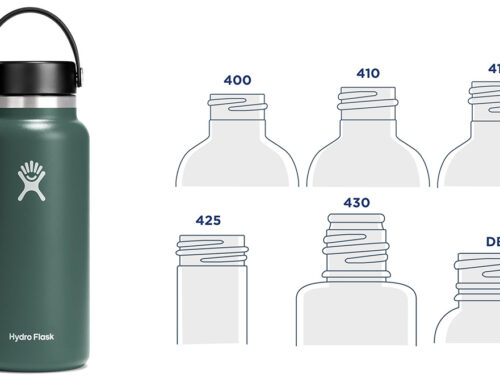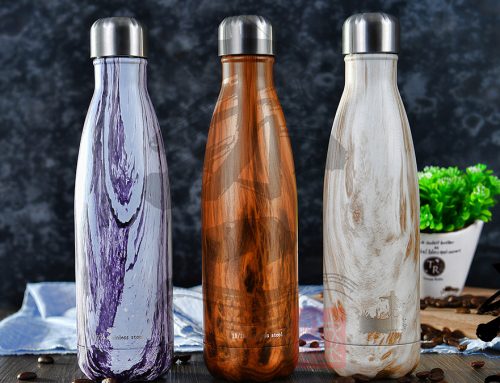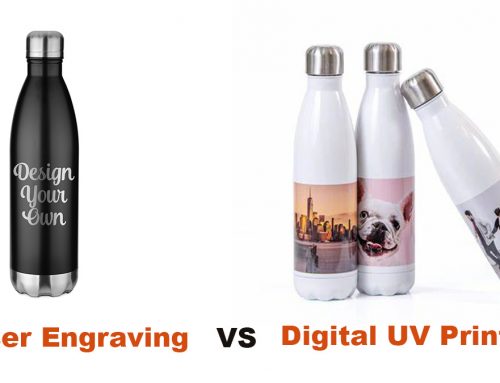304 stainless steel is also called 18/8 stainless steel in the industry. It is a healthy material. It is now a recognized health material that can be used in medical treatment and implanted in human body. For 304 stainless steel, the Ni element in its composition is very important, which directly determines the corrosion resistance of 304 stainless steel and its value. The important elements in 304 are Ni, Cr, but are not limited to these two elements. The specific requirements are stipulated by the product standard. Common judgments in the industry consider that as long as the Ni content is greater than 8% and the Cr content is greater than 18%, it can be considered as 304 stainless steel. This is why the industry calls this type of stainless steel 18/8 stainless steel.
Commonly used stainless steels are mainly 201 and 304 stainless steel, 201 stainless steel contains manganese, and the corrosion performance is general, long-term drinking water containing iron and manganese exceeds the standard can cause loss of appetite, vomiting, diarrhea, gastrointestinal disorders, stool disorders and other diseases. 201 stainless steel color will be darker than 304, 304 stainless steel contains more chromium, has excellent corrosion resistance and better resistance to intergranular corrosion. In the test, it is found that: nitric acid below the boiling temperature of concentration ≤ 65%, 304 stainless steel has strong corrosion resistance.
Stainless steel vacuum flasks are generally available in 201, 202 and 304 (18/8) stainless steels. The two most common are 304 (18/8) and 201 stainless steel. Although the materials are different, the stainless steel vacuum flasks produced by the two materials look the same. Normally person can’t identify them. Even those who work in the stainless steel industry may not be able to distinguish between 304 and 201 stainless steel.
It can be judged from the following points.
- 304 stainless steel has strong corrosion resistance: the difference between 201 and 304 stainless steel is mainly reflected in the different elements contained in the two. The corrosion resistance and stamping performance of 304 stainless steel are far better than 201, and 304 stainless steel is generally used in places with complex environment and strong corrosion resistance. 201 is not used for environmental requirements, or stainless steel is not required. Somewhere high. 304 stainless steel vacuum flask is not easy to rust because the formation of chromium-rich oxide on the surface of the steel body can protect the steel body, thus achieving the effect of healthy drinking water. The 201 stainless steel is a high-manganese stainless steel, which is much higher than the 304 hardness, high carbon and low nickel.
- 201 Stainless steel is easy to rust: 201 stainless steel has high manganese content, the surface is very bright with dark light, and the manganese content is high and easy to rust. The 304 stainless steel thermos cup contains more chromium, and the surface is matte and does not rust. When choosing a stainless steel vacuum flask, it is obvious that the two cups are put together and the difference is obvious. (You can use the potion to do the experiment).
- 304 stainless steel is more expensive: in terms of price.
- 304 stainless steel toughness is better: 201 stainless steel material is relatively hard, with a bit of steel, it is easier to crack. The 304 stainless steel vacuum flask does not rust because it contains nickel, and the 304 stainless steel is more tough and the fatigue resistance is much better than 201.
In addition, in judging the material of the stainless steel vacuum flask, there is also a misunderstanding, that is, the “stainless” of the stainless steel vacuum flask, which does not absolutely rust, but does not rust under certain conditions. If the consumer improperly uses it (such as tea, coffee, milk and other acidic substances), it will naturally rust if it is used in an environment or condition that exceeds its corrosion resistance.
There are several possibilities for the stainless steel bottle to rust if there is rust:
- The stainless steel material used is corroded and rusted. It may be because the manufacturer’s material selection is unreasonable, that is, the insulation cup manufacturer chose the unsuitable stainless steel grade as the raw material for its product use.
- It may be that the manufacturer’s production and processing technology is not relevant.
- Or because the manufacturer of the vacuum flask does use raw materials that are not in conformity with the relevant national or industry authority standards.
KingStar is a leading stainless steel bottle manufacturer. Since 2015, we stopped using 201 stainless steel, both outer wall and inner wall of all our stainless steel products are 304 stainless steel or 316 stainless steel. We focus on developing and manufacturing high quality thermal insulated water bottles, flasks, tumblers, travel mugs, coffee mugs, coffee pots, coffee jugs, beer pints, growlers, food jars and other insulated containers that aim at keeping liquids hot or cold for long hours.

